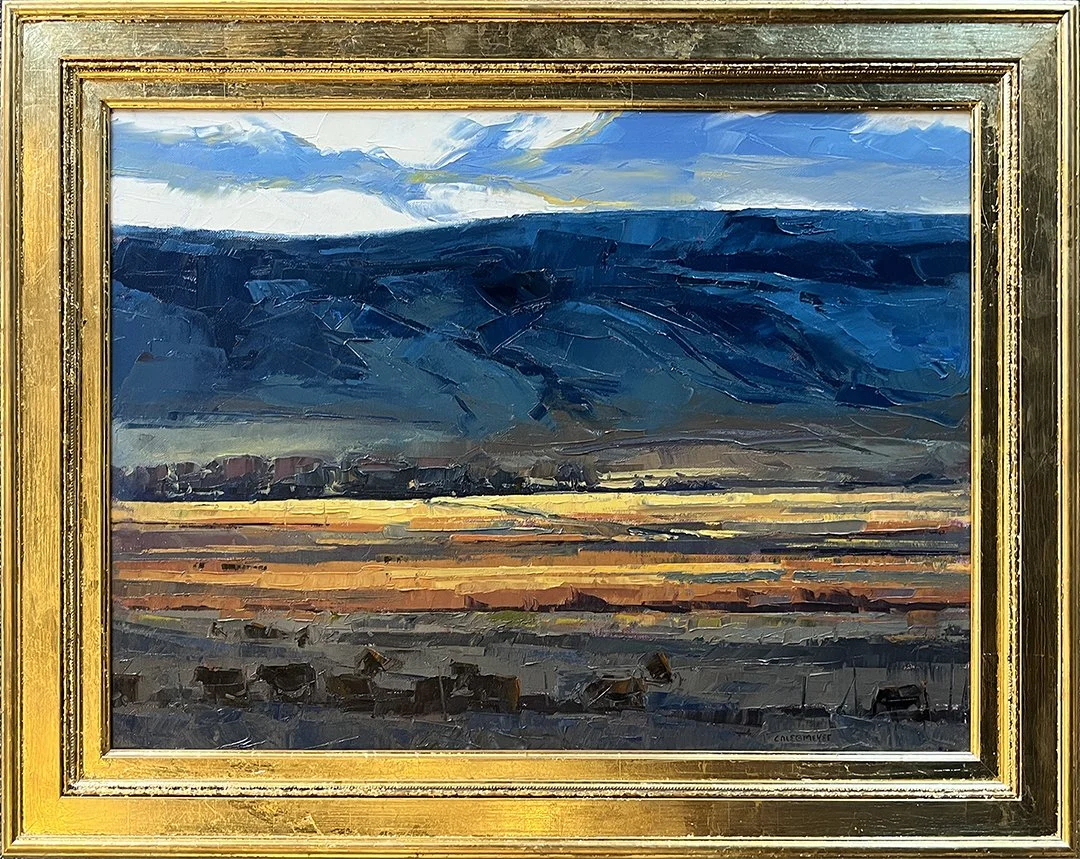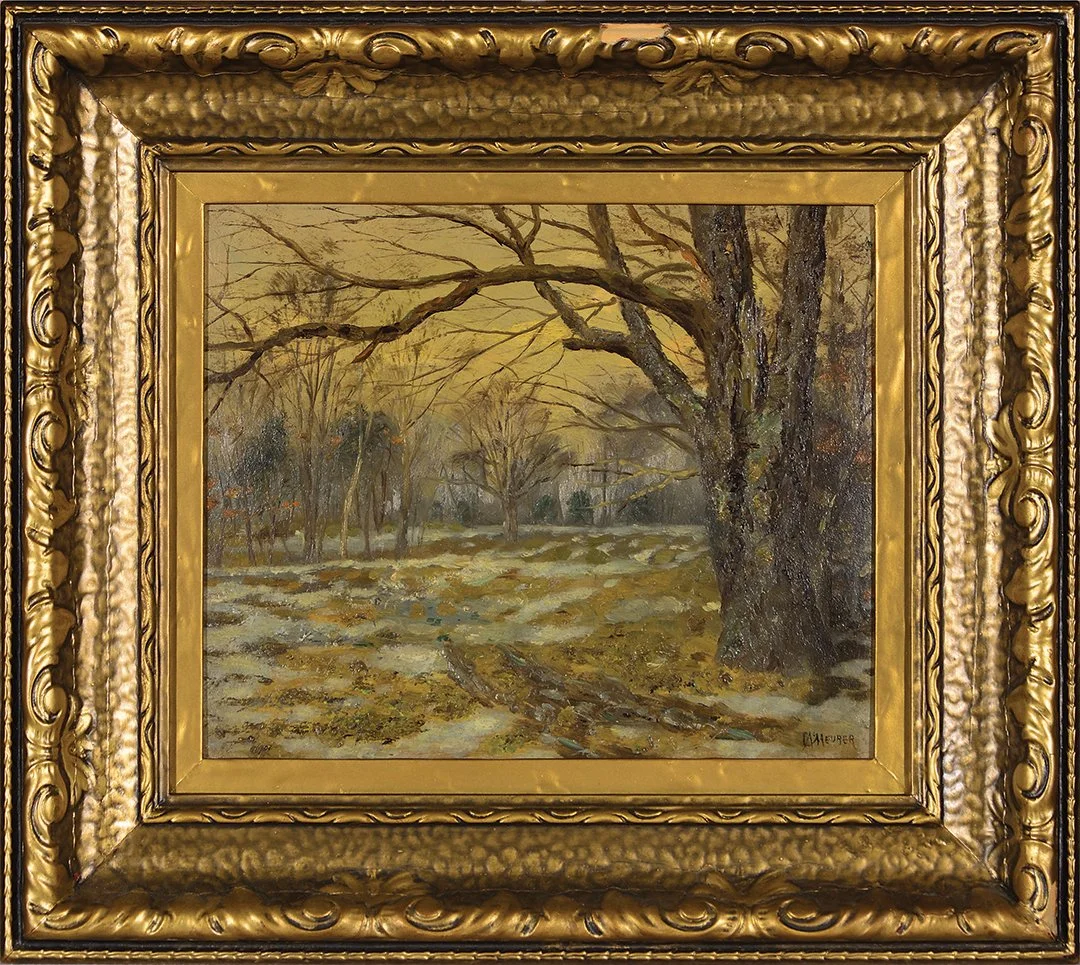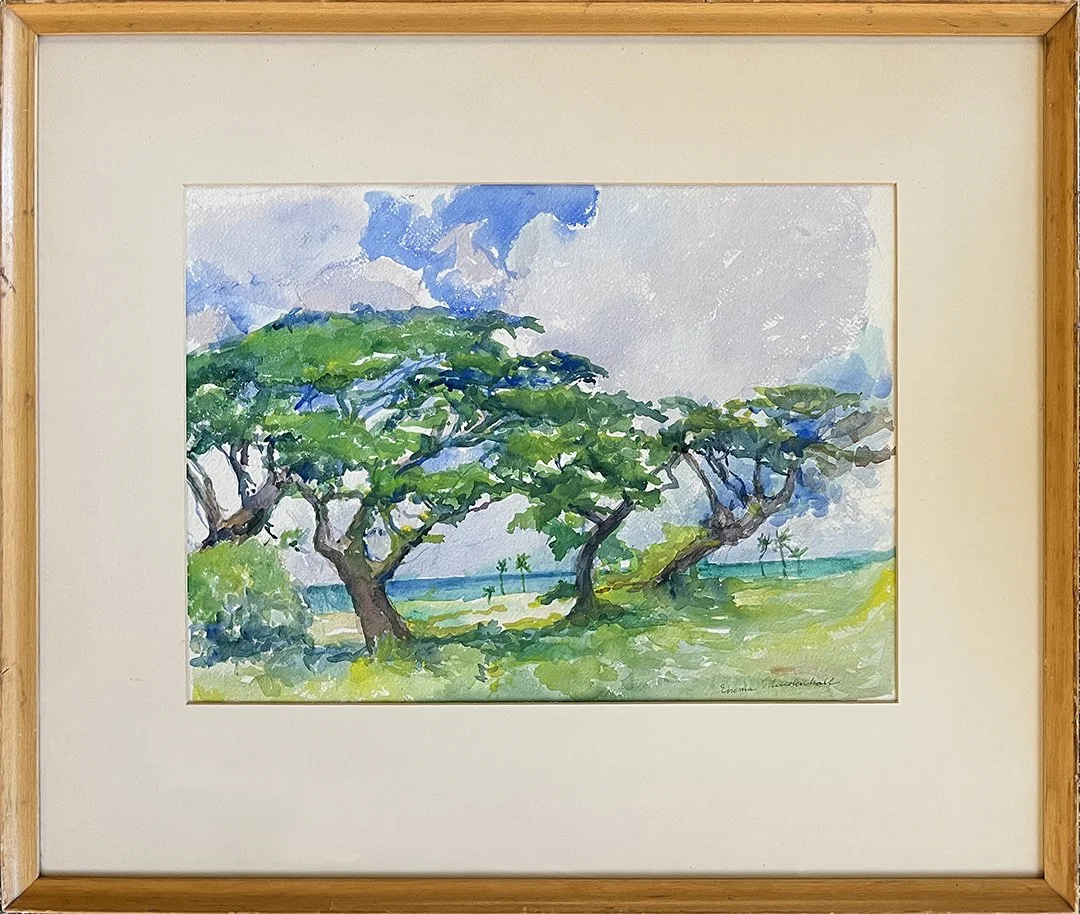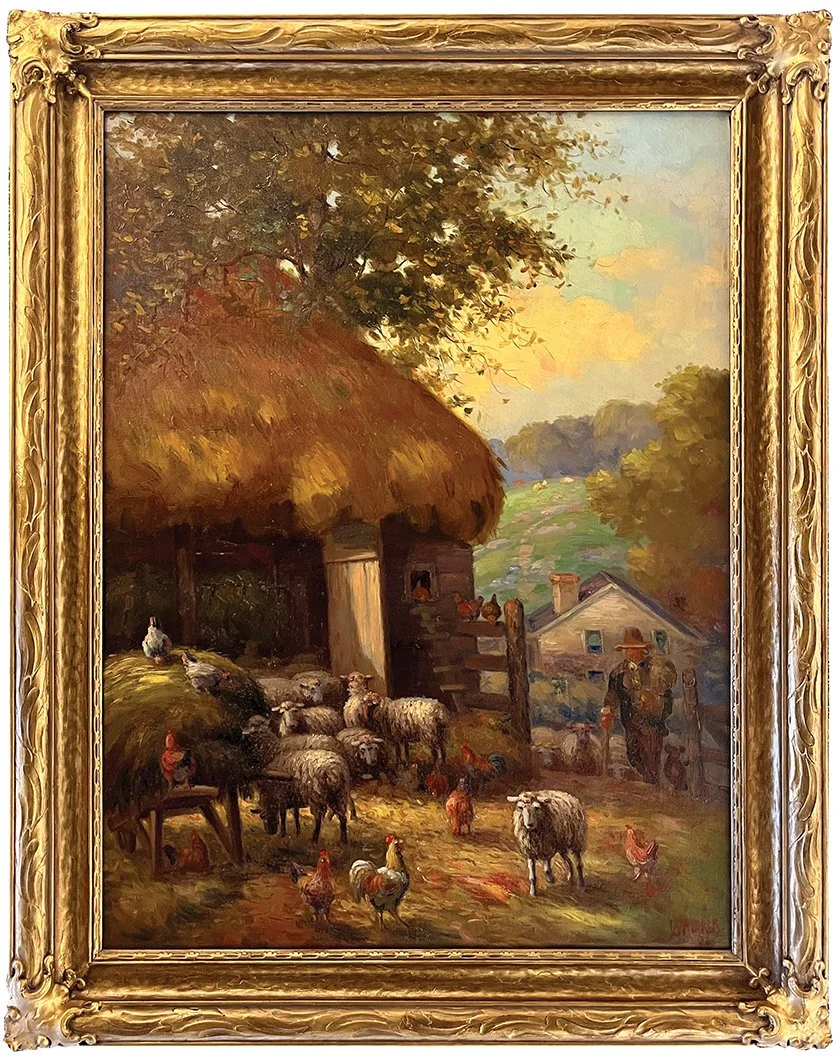Edward Millman
Edward Millman
Tennessee Landscape, 1949
Oil on Board
24 x 18 inches
Signed Loewr Right
ID: DH3601
A muralist, painter, lithographer, illustrator and teacher active in Chicago, New York City and Woodstock, New York, Edward Millman was well known for his Depression era murals for the WPA, Works Progress Administration. From 1935 to 1936, he was State Director of Mural Projects for the Federal Art Project in Illinois. Much of his work reflected his sympathies for middle and lower-class persons struggling to earn money. He was also the chief illustrator for the Chicago Evening American newspaper.
He studied with Mexican muralist Diego Rivera in Mexico and returning to Chicago, became one of the most productive WPA artists in Illinois. He received numerous mural commissions including for the Century of Progress Exposition in Chicago in 1933; for post offices in Moline and Decatur, Illinois; the Chicago Bureau of Water; for the Chicago public schools; and for the main post office in St. Louis. For the St. Louis project, he received $29,000., which was the largest WPA award made by the federal government.
Millman taught fresco painting from 1939 to 1942 at Hull House in Chicago and also completed numerous lithographs.
In 1943, he became part of the federal govenrment's Navy Combat Artist Program and went to the South Pacific before war in that area was officially declared. Millman was one of eight artists selected at the request of Admiral Chester W. Nimitz "to send Navy artists into action to record their impressions in ways that cameras and the written word could not; Millman and the other artists were embedded with the fighting men to record their personal impressions. The result was more than 1,300 drawings, watercolors and paintings of war the war and the men who fought in it, and their artwork was used nationwide in books, magazines and newspapers. In 1945, Millman received a special citation from the Navy for his part in this program.
That same year, he received a Guggenheim Fellowship in recognition of his effective war-time depictions, many of them in watercolor. Millman also became an active teacher and lecturer throughout the United States including Indiana University, Washington University in St. Louis, University of Arkansas, Cornell University and Layton School of Art. From 1956, he was teaching at the Rensselaer Polytechnic Institute School of Architecture in Troy, New York.
During the second half of his career, he had studios in New York City and Woodstock, New York, where he lived in the summers.
Millman died in Woodstock in 1964, and at the time of his death, was Professor of Art at the Rensselaer Polytechnic Institute.
Sources include:
Elizabeth Kennedy, Chicago Modern, 1893-1945
Peter Falk, Who Was Who in American Art
http://www.oakton.edu/news/events/gallery/Millman.html
http://www.albanyinstitute.org/exhibits/wwII.combat.htm





